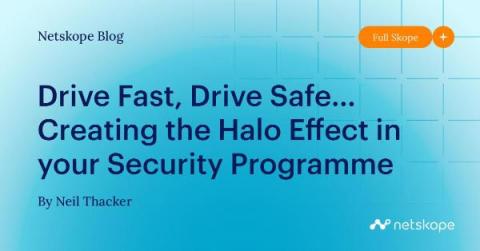Everyone knows about phishing - so why is it still an unsolved problem?
Findings from our recent report, Fighting phishing: the IT leader's view, reveal that 98% of the companies surveyed conducted some form of cybersecurity training over the past 12 months. Yet, despite these efforts, employees keep falling for phishing attacks. Our research shows that 84% of the organizations we surveyed last year were phishing victims – a 15% increase from our 2021 report, The real and rising risk of phishing.











